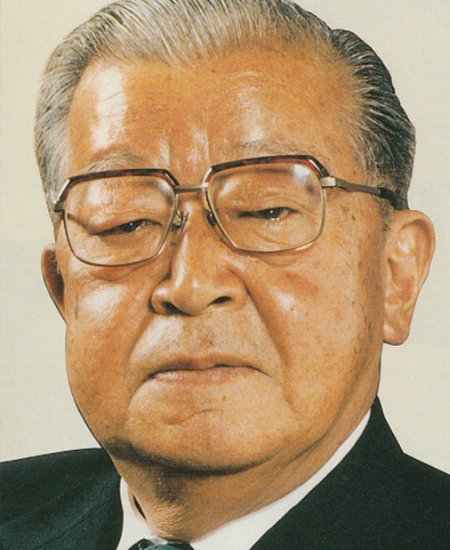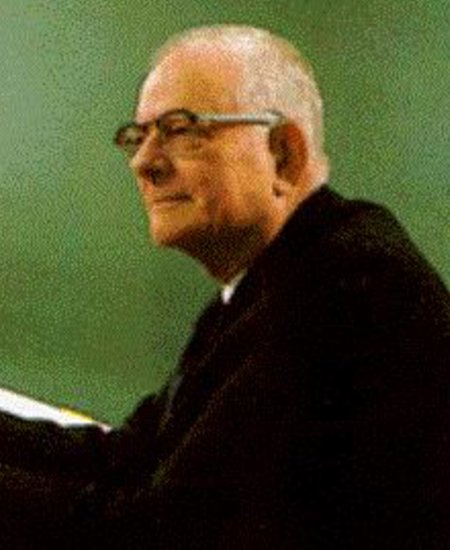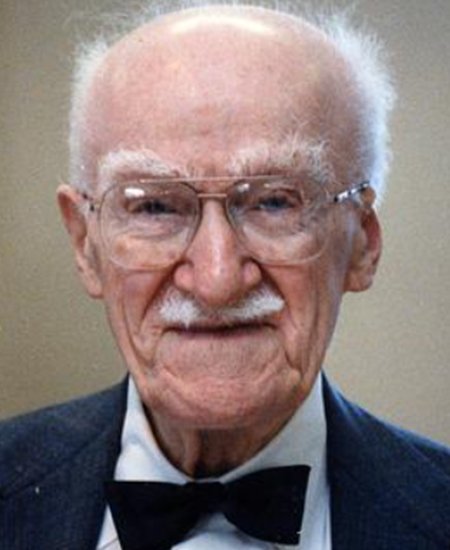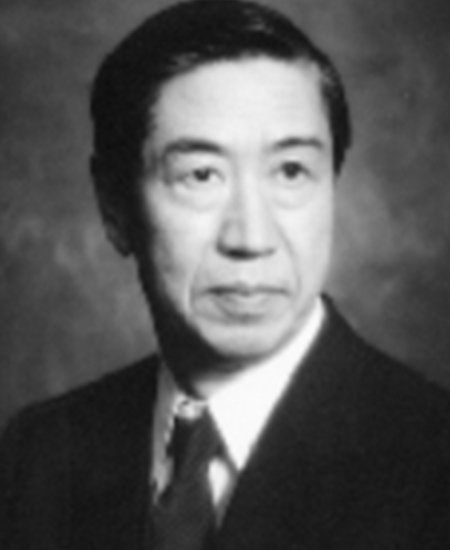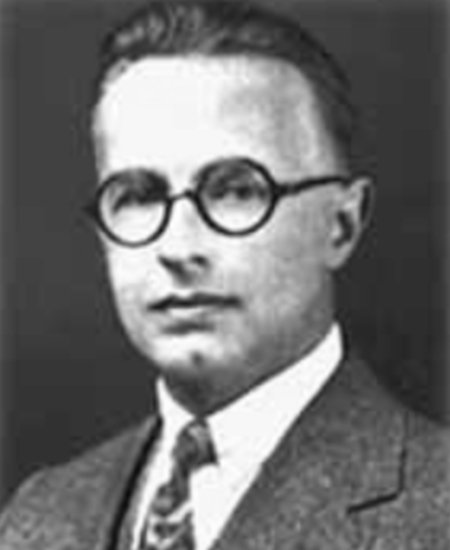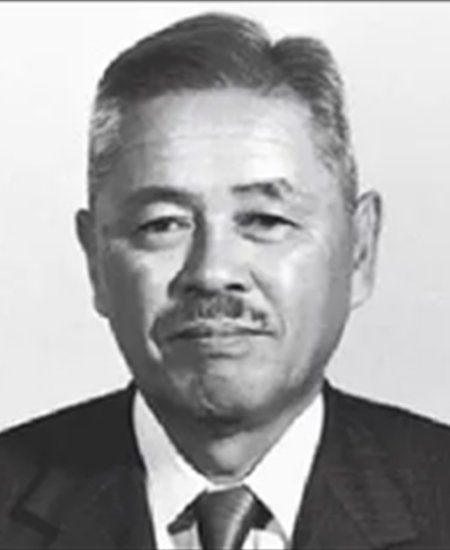He is considered a key figure in the development of quality initiatives in Japan
- Key person for development in Quality Circle
- Founder of Ishikawa Diagram also called as Cause and Effect Diagram or Fish Bone Diagram
Ishikawa is best known for:
Ishikawa Diagram - Also known as Cause-and-effect Diagram or Fishbone Diagram.
Seven Basic Quality Tools - Seven Basic Quality Tools were first emphasized by Ishikawa.
Quality Circles - Ishikawa introduced the concept of Quality Circles. This is an essential part of Total Quality Management (TQM).
Company-wide Quality - Ishikawa believed that quality must be company-wide.
